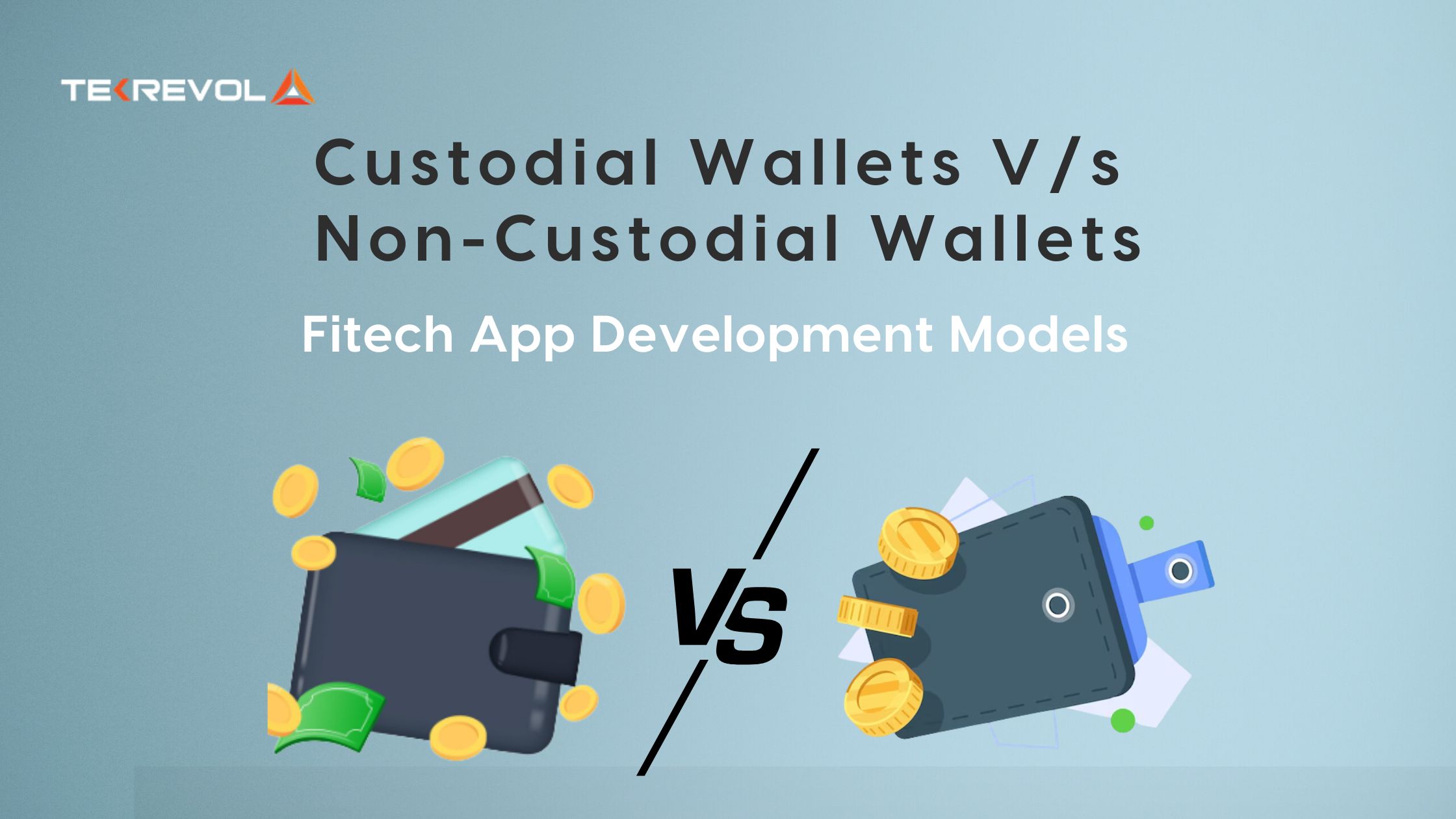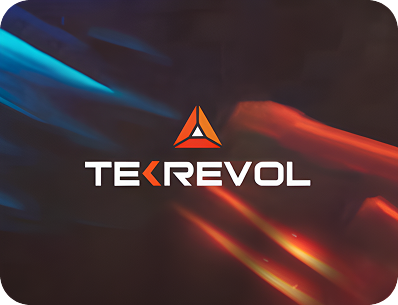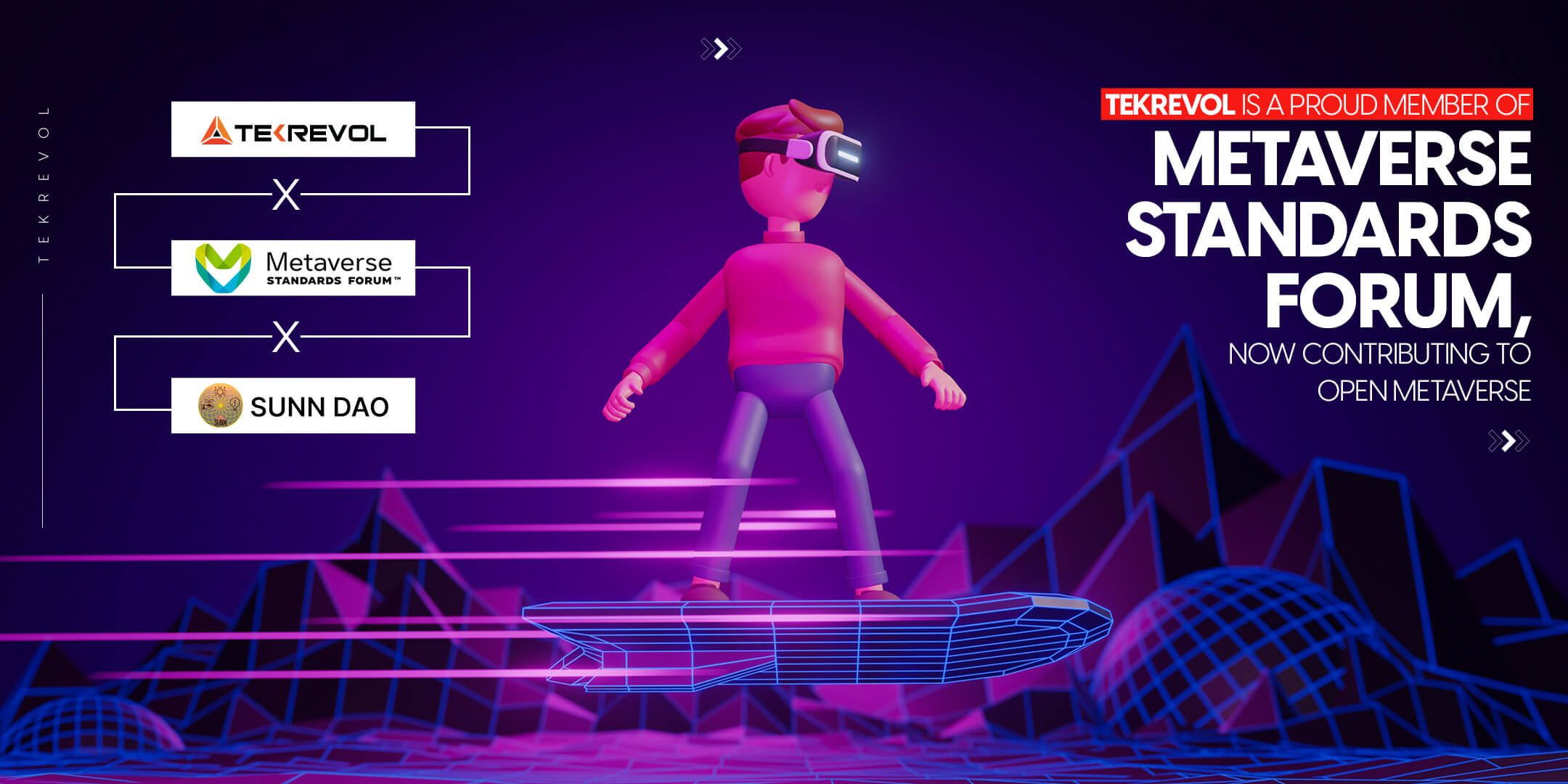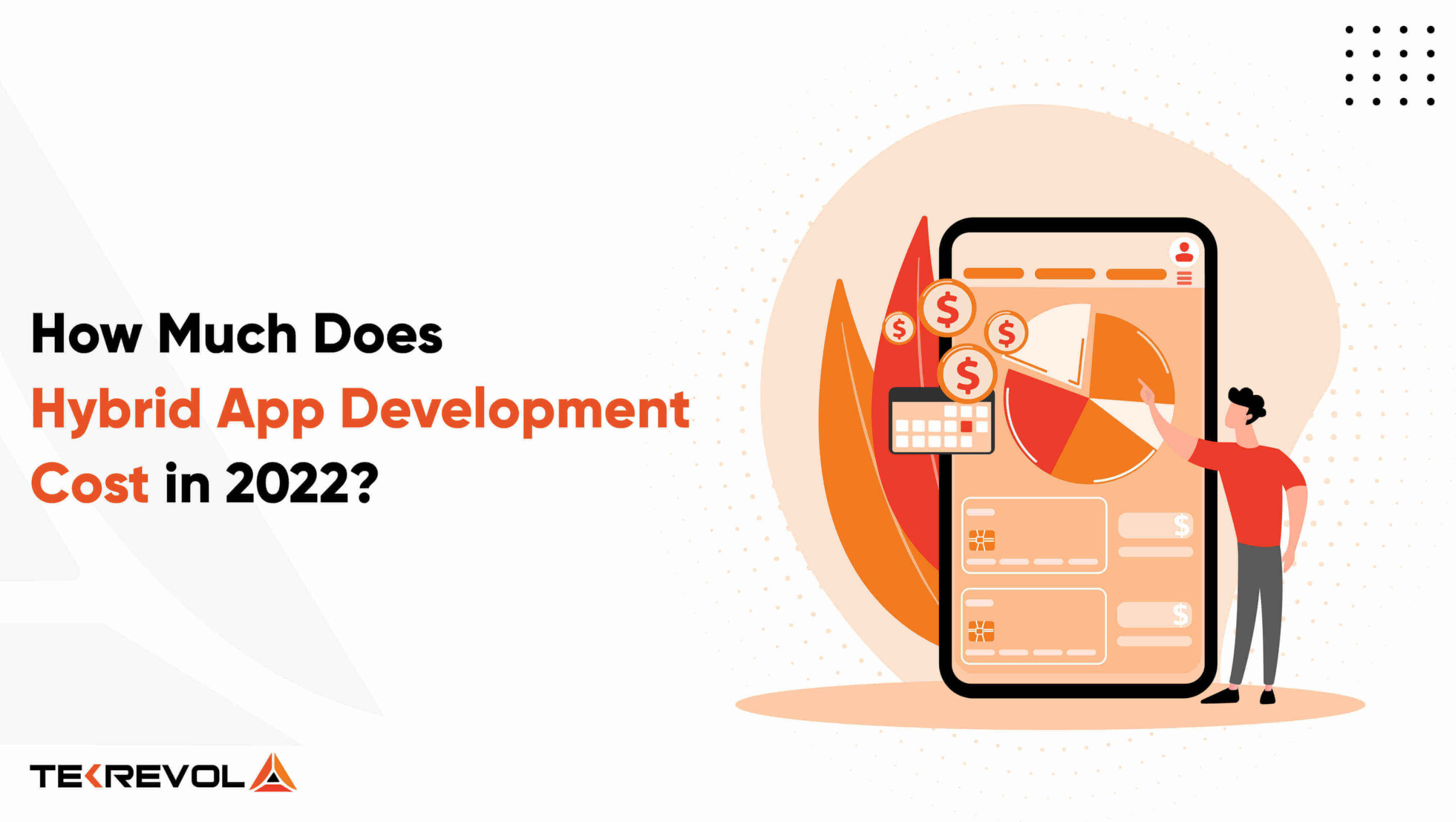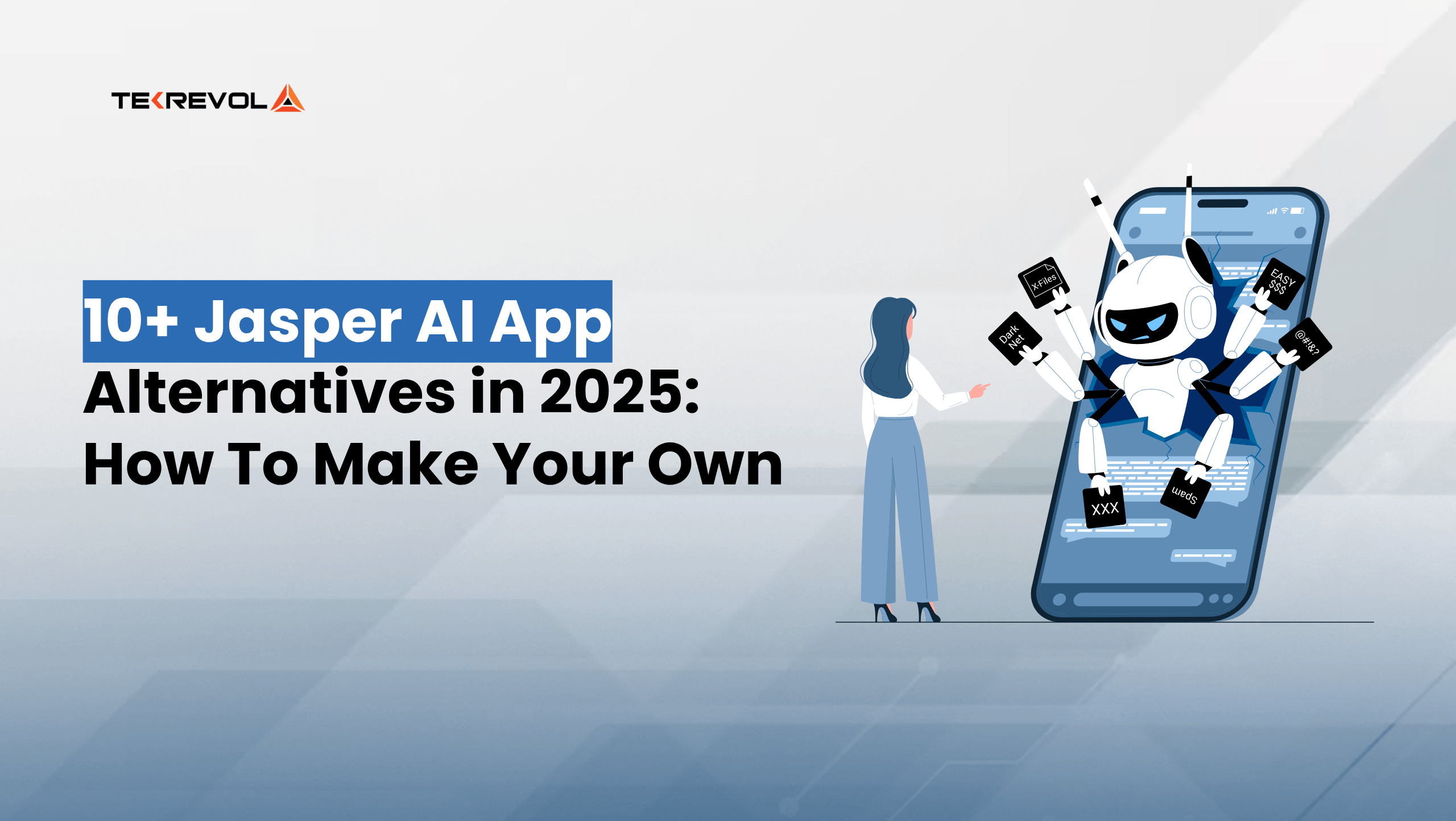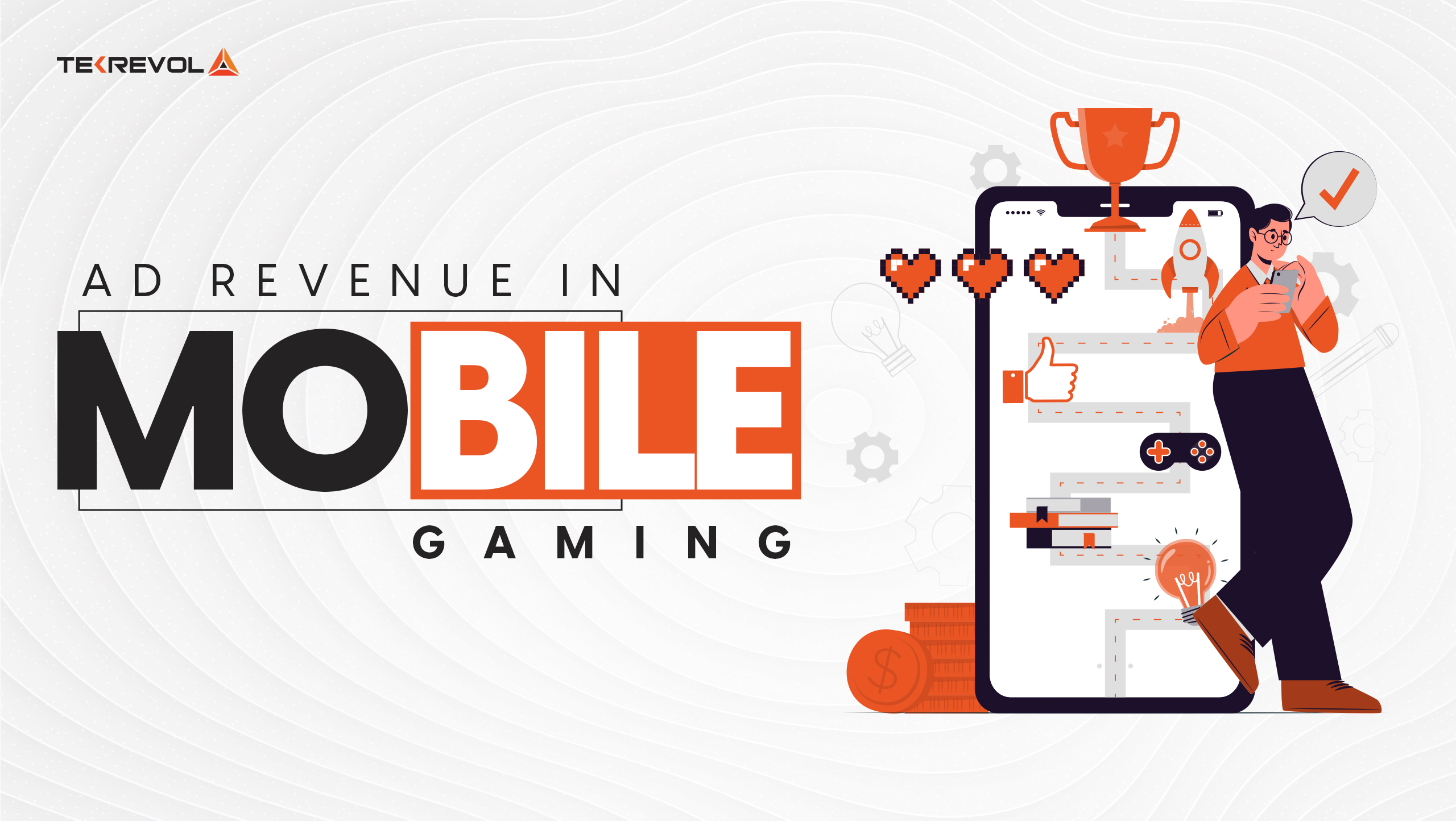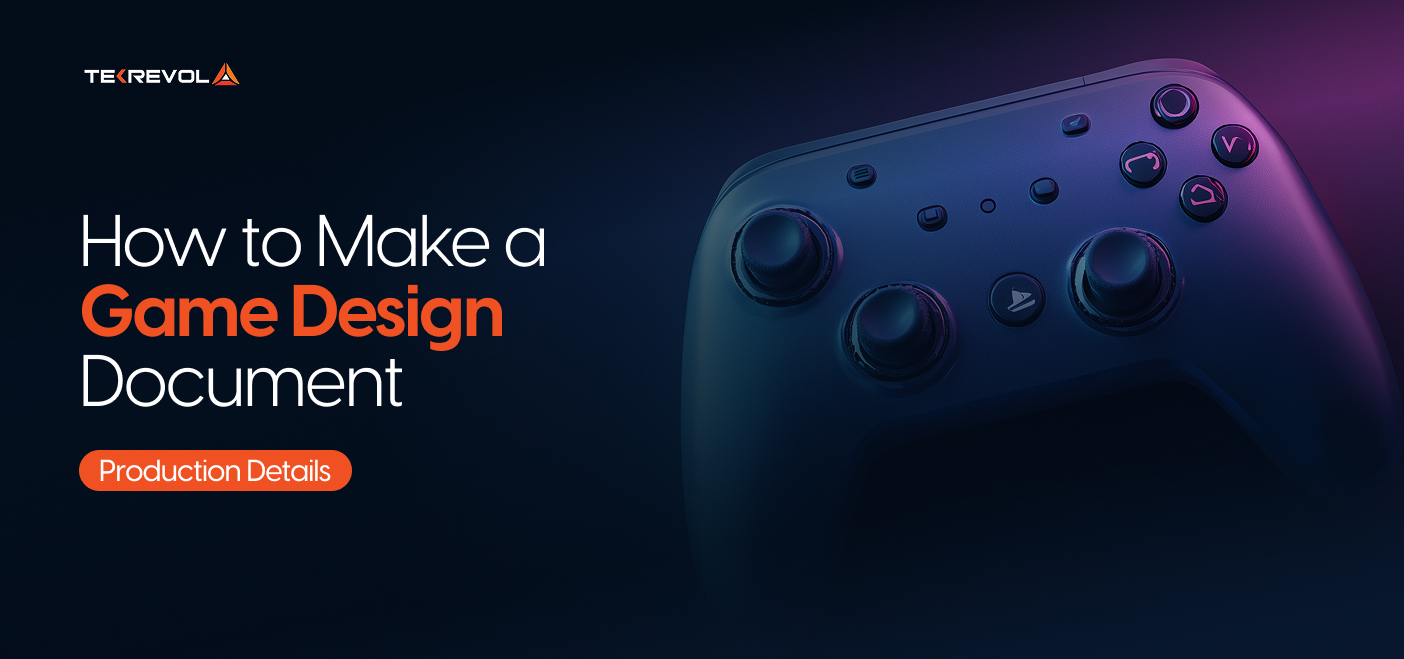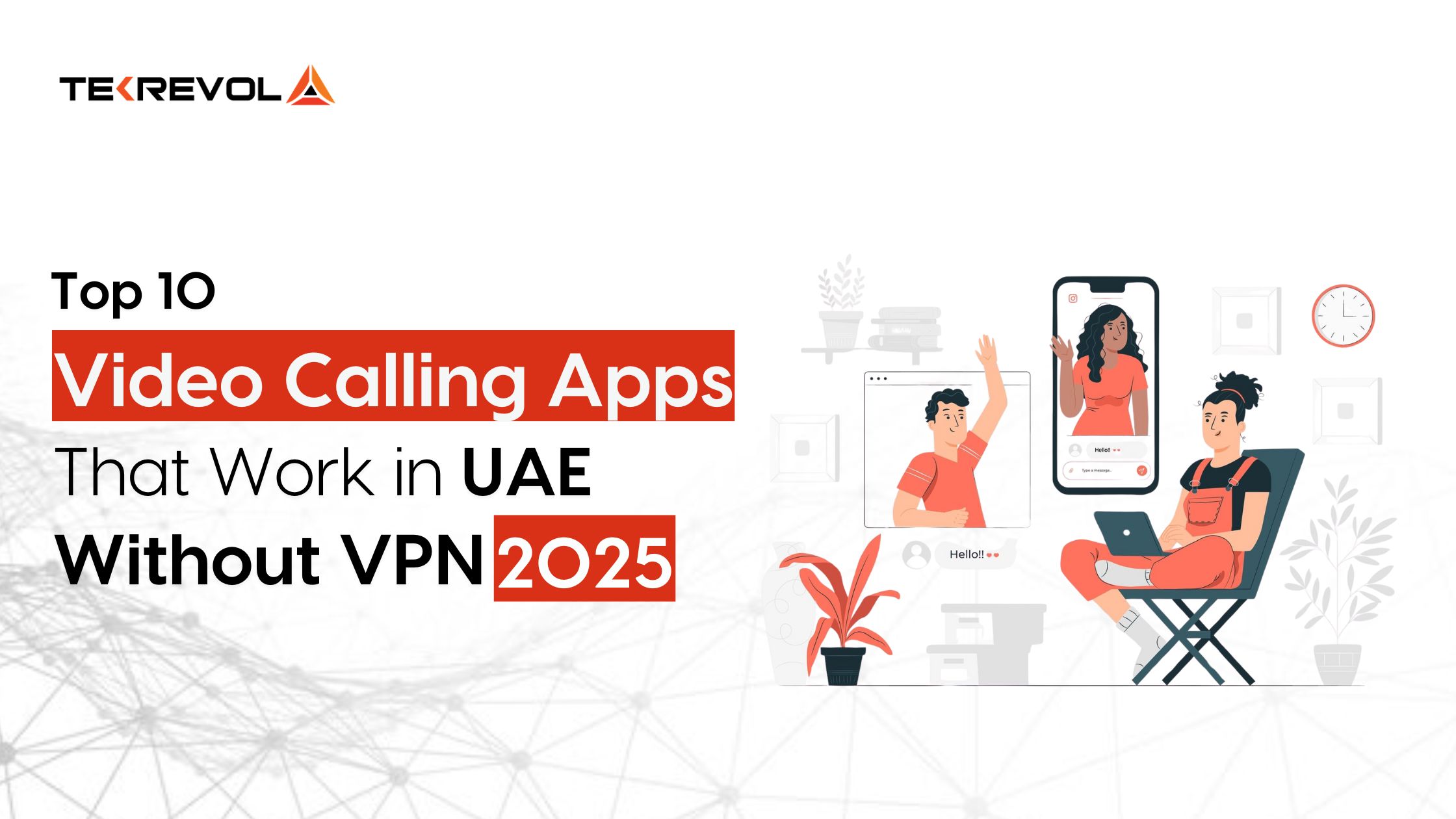According to Triple-A Global Crypto Adoption Statistics, more than 420 million people worldwide use cryptocurrency wallets in 2024. The numbers nearly doubled from the last two years.
The adoption of blockchain raises confusion between custodial vs non-custodial wallets, restricting fintech founders from making the right decisions about fintech app infrastructure, as the choice affects everything from user experience and security to regulation and scalability.
Although apps like MetaMask, Trust Wallet, and Phantom expose the growing appeal of self-custody, custodial models still back the most user-friendly fintech products.
In this blog, we’ll break down the difference between custodial and non-custodial wallets and guide you through building a secure and scalable wallet system for your finance app.
What is a Custodial Wallet?
A custodial wallet is a crypto wallet where a third party, like an exchange, manages your private keys and handles transactions for you. You trade off full control for ease of use and recovery support.
How Custodial Wallets Work?

In this fintech app model, users don’t need to manage private keys or seed phrases. Platforms such as Coinbase, Bybit, and Binance store all the information centrally, allowing users to access their funds with a username and password.
Who Should Use Custodial Wallets?
Custodial wallets are a strong fit for crypto exchanges, neobanking apps, investment platforms, or any fintech development services catering to users who are new to crypto or operating in regulated markets.
As of 2024, custodial platforms handled around 65% of global crypto trading volume, according to Statista, making them the preferred choice for most retail-focused apps.
What is a Non-Custodial Wallet?
A non-custodial wallet gives users complete control of their private keys. Unlike custodial wallets, no third party allows access, management, or recovery since users are entirely responsible for security.
How Non-Custodial Wallets Work?
In a non-custodial wallet, the private key is created and stored on your device, meaning you’re responsible for access and recovery. These wallets don’t store your login info or offer password resets, so securing your seed phrase is crucial.
Popular non-custodial wallets include MetaMask, Trust Wallet, Phantom, and Ledger Live, commonly used in DeFi and Web3 for full user control.
Who Should Use Custodial Wallets?

The absence of a central authority makes non-custodial systems suitable for decentralized applications, or tools like DEXs, NFT marketplaces, and self-managed investment platforms. In fact, it is a core component of many blockchain app development projects, particularly those focused on decentralization.

Differences Between Custodial vs Non-Custodial Wallets?
The primary difference between custodial and non-custodial wallets is who holds the private keys. A third party controls custodial wallets, while non-custodial wallets give users full ownership and responsibility.
Each serves different needs depending on user preferences and goals. Here’s how they compare across critical factors:
| Feature | Custodial Wallet | Non-Custodial Wallet |
| Private Key Control | Third-party provider | User |
| Access Recovery | Email/2FA, platform-based | Seed phrase or key backup only |
| Compliance | Built-in KYC/AML | Often anonymous or pseudonymous |
| Ease of Use | Higher (login-based, intuitive UI) | Lower (requires key management) |
| Security Risk | Platform breach | User-side error or key loss |
| Use Case Fit | Exchanges, neobanks, custodial apps | DeFi apps, NFT wallets, Web3 dApps |
This distinction matters as it affects the crypto wallet app development process, so a balance between regulation, user autonomy, and long-term scalability is non-negligible.
How to Choose Between Custodial vs Non-Custodial Wallets for Your Fintech App?
The best wallet choice depends on your audience, business goals, and regulatory environment. Custodial wallets simplify onboarding and compliance, whereas non-custodial wallets facilitate decentralization and user control.
OECD research shows that wallet adoption depends heavily on how well the custody setup fits user expectations. Broader trends in blockchain statistics support this as fintech apps adapt to new usage patterns and markets.
Here’s a decision-based breakdown to help you evaluate:
| Decision Factor | Custodial Wallet | Non-Custodial Wallet |
| Target Audience | Beginners, mainstream users | Web3 users, crypto-natives |
| App Type | Trading platforms, neobanks | DEXs, DeFi, NFT wallets |
| Geographic Market | Regulated regions (US, EU, UAE) | Loosely regulated or DeFi-focused countries |
| User Experience Priority | Fast onboarding, support access | Ownership, transparency |
| Compliance Requirement | High (needs KYC/AML integration) | Low or optional |

How to Build a Fintech App with a Custodial Wallet?
You can build a fintech app with a custodial wallet by integrating wallet management, strong user authentication at the backend, in line with KYC/AML protocols.
- Select a reputable custody solution like Fireblocks, BitGo, or Anchorage to manage wallet operations at scale.
- Integrate secure wallet APIs to generate deposit addresses, initiate transfers, and monitor balances in real time.
- Set up identity verification tools (e.g., Jumio, Onfido) to meet KYC/AML compliance requirements.
- Add email verification, multi-factor authentication (MFA), and optional biometric login.
- Set up Cold Storage & Hot Wallet Management. It balances liquidity with security by storing high-value assets offline while keeping operational funds accessible.
- Design a Recovery System, i.e, password reset support, session timeouts, and fraud alerts for users who lose access or show suspicious behavior.
- Build a User-Friendly Interface for smooth deposits, withdrawals, and asset tracking.
Why Choose Custodial Models for Fintech App Development
You should go for Custodial wallets as they allow ease of use, regulation, and user trust. Many NFT development services, crypto banks, and savings apps adopt this model to reduce onboarding friction.
How to Develop a Fintech App with a Non-Custodial Wallet?
To build a fintech app using a non-custodial wallet model, you need to design secure key generation and recovery experiences without storing sensitive data on your servers.
- Generate keys on the user’s device: Create the wallet locally during onboarding without using a server.
- Prompt users to back up their seed phrase: Guide them to save or export it, and explain its importance.
- Secure private keys locally: Use device-level encryption like iOS Secure Enclave or Android Keystore.
- Enable safe transaction signing: Allow actions like sending tokens without exposing the private key.
- Support key blockchains: Ensure compatibility with networks like Ethereum, Solana, or others needed for your app.
Why Choose This Model?
If you’re building a DeFi product, NFT wallet, or token app where decentralization is uncompromisable, go with non-custodial. The Cambridge Centre for Alternative Finance reports that the best non-custodial wallets accounted for 40% of wallet growth in emerging markets between 2023 and 2024, driven by demand for privacy and peer-to-peer access.
Custodial vs Non-Custodial Wallets Use Across Popular Fintech & Crypto Apps
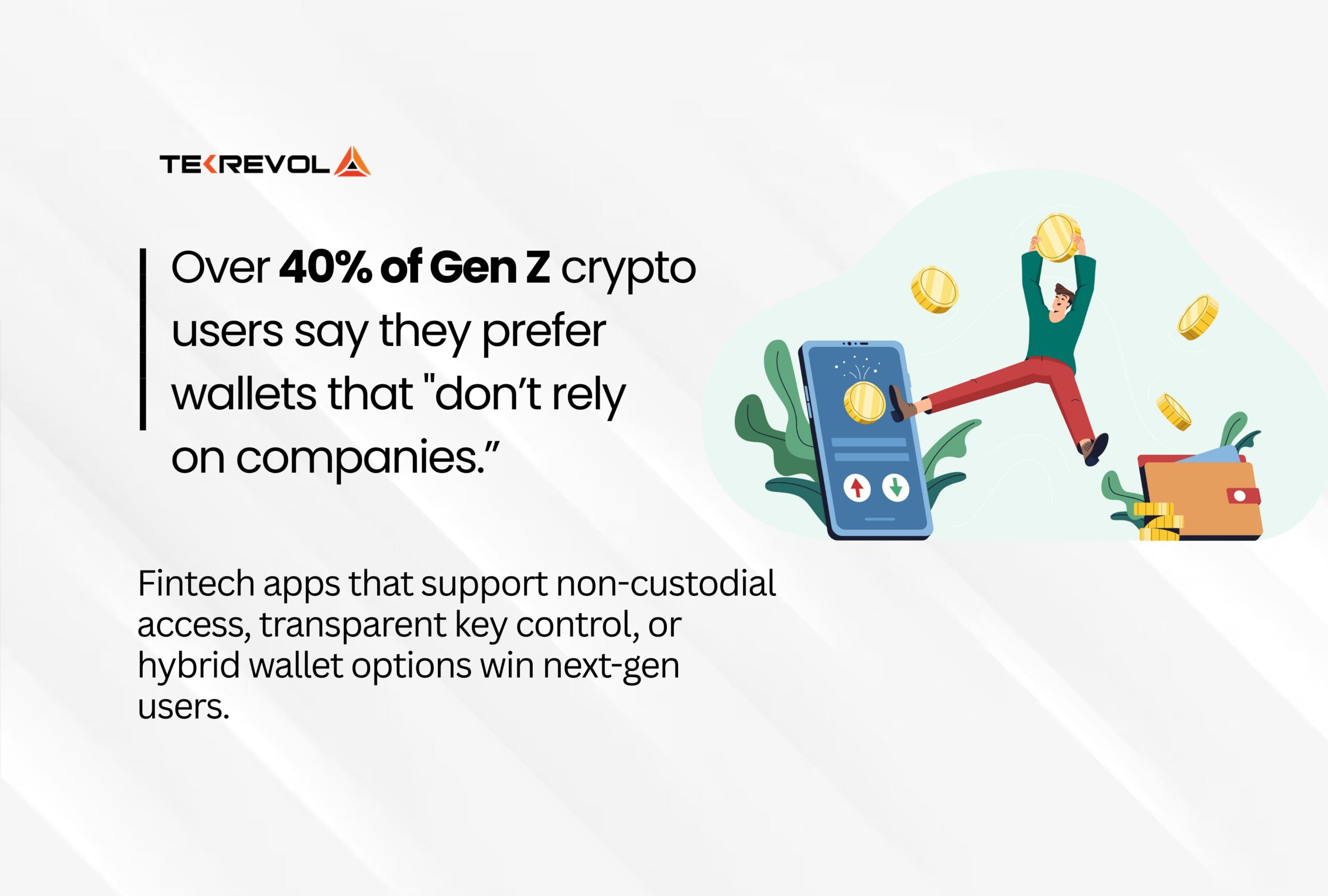
App choices between custodial vs non-custodial wallets are heavily influenced by their users and the level of control or compliance they need.
Custodial wallets work in regulated fintech environments. Contrarily, non-custodial wallets are common in decentralized platforms where users want control over their assets.
| App | Wallet Type | Region | Key Features |
| Coinbase | Custodial | Global | Crypto exchange, institutional support |
| PayPal | Custodial | US, Europe | Crypto buy/sell with fiat payments |
| Binance | Custodial | Global | Spot, futures trading, and compliance features |
| MetaMask | Non-Custodial | Global | Self-custody wallet with dApp browser |
| Trust Wallet | Non-Custodial | Global | Supports multiple chains, tokens, and NFTs |
| Phantom | Non-Custodial | Global | Built for Solana, quick access to staking tools |
Business Models Behind the Wallet Choice
Apps like Coinbase and PayPal manage private keys on behalf of users. This simplifies onboarding and aligns with financial regulations in their markets. It’s the preferred path for platforms offering crypto to everyday users.
Wallets like MetaMask and Trust Wallet, by contrast, leave all control to the user. These apps are built for on-chain interaction, where asset ownership, DeFi access, and NFT transactions are part of the core use case.
As more apps integrate tokenized assets, the divide between these two models continues to blur. Much of this shift is being shaped by broader cryptocurrency predictions influencing how products approach custody, compliance, and UX.
Custodial vs Non-Custodial Wallets: Which Type of Wallet Is Safer?
Custodial wallets, while giving enterprise-grade infrastructure protection, are more prone to hacking due to centralized storage. According to CipherTrace, more than $3.5 billion in crypto was stolen in 2023, and 80% of that was from custodial platforms.
On the other hand, the privacy and autonomy in non-custodial wallets demand utmost responsibility on the user’s end.
| Factor | Custodial Wallet | Non-Custodial Wallet |
| Key Storage | Server-side (encrypted, but centralized) | Local device or user-managed |
| Common Threats | Exchange hacks, insider threats | Phishing, device loss, seed exposure |
| Recovery Options | Yes. platform-managed | None. If the seed is lost, the funds are unrecoverable |
| User Error | Lower (platform handles key security) | Higher (users must protect access) |
| Attack Surface | Broader. Centralized servers as targets | Narrower. Depends on individual behavior |
Why Trust TekRevol for Wallet-Enabled Fintech App Development?
Choosing between custodial vs non-custodial wallets isn’t just a technical decision. Integrating wallets, KYC flows, blockchain APIs, and recovery logic all affect your timeline, infrastructure, and ultimately your fintech app development cost.
Planning it right from the start saves time, budget, and technical rework down the road. At TekRevol, we help fintech companies design and build wallet-enabled experiences that match their product goals.
Our work spans regulated financial apps, Web3 platforms, and blockchain-based wallets. We help you build systems that scale, with a focus on user experience, security, and smart infrastructure choices.


